Rapid Digital Adoption
The Global India B2C E-commerce Market Industry is witnessing a surge in digital adoption, driven by increasing internet penetration and smartphone usage. As of 2024, India boasts over 800 million internet users, a figure that is projected to grow significantly in the coming years. This digital transformation facilitates seamless online shopping experiences, enabling consumers to access a wide array of products and services. The convenience of online shopping, coupled with the availability of various payment options, appears to be reshaping consumer behavior. Consequently, the market is expected to reach a valuation of 85 USD Billion in 2024, reflecting the growing reliance on digital platforms.
Diverse Product Offerings
The Global India B2C E-commerce Market Industry benefits from a diverse range of product offerings, catering to various consumer preferences. E-commerce platforms are increasingly expanding their catalogs to include everything from electronics to fashion and groceries. This variety not only attracts a broader audience but also encourages repeat purchases, as consumers find everything they need in one place. The competitive landscape fosters innovation, with companies continuously introducing new products and services. This trend is expected to contribute to the market's growth, with a valuation of 85 USD Billion anticipated in 2024, as consumers increasingly turn to online platforms for their shopping needs.
Market Growth Projections
The Global India B2C E-commerce Market Industry is projected to experience substantial growth in the coming years. With a market valuation of 85 USD Billion anticipated in 2024, the industry is on a trajectory to reach 250 USD Billion by 2035. This growth is underpinned by a compound annual growth rate (CAGR) of 10.3% from 2025 to 2035. Such projections indicate a robust expansion driven by various factors, including increased digital adoption, a growing middle class, and enhanced logistics. The market's evolution reflects the dynamic nature of consumer preferences and the ongoing innovations within the e-commerce sector.
Growing Middle-Class Population
The expanding middle-class population in India is a crucial driver for the Global India B2C E-commerce Market Industry. With rising disposable incomes and changing lifestyles, more consumers are inclined to shop online for convenience and variety. The middle class is projected to reach 600 million by 2030, significantly impacting consumption patterns. This demographic shift suggests a robust demand for e-commerce services, as consumers increasingly seek quality products at competitive prices. The market's growth trajectory indicates a potential valuation of 250 USD Billion by 2035, highlighting the importance of this demographic in shaping the future of e-commerce in India.
Rising Consumer Trust in Online Shopping
Consumer trust in online shopping is steadily increasing, significantly impacting the Global India B2C E-commerce Market Industry. Enhanced security measures, transparent return policies, and reliable customer service are fostering confidence among shoppers. As consumers become more comfortable with online transactions, they are likely to spend more on e-commerce platforms. This growing trust is reflected in the increasing number of repeat customers and higher average order values. The market's positive trajectory suggests a potential valuation of 250 USD Billion by 2035, as consumer confidence continues to bolster the e-commerce landscape in India.
Enhanced Logistics and Supply Chain Infrastructure
Improvements in logistics and supply chain infrastructure are pivotal for the Global India B2C E-commerce Market Industry. The government has been investing in initiatives to enhance transportation networks, warehousing facilities, and last-mile delivery systems. These enhancements not only reduce delivery times but also lower operational costs for e-commerce companies. As a result, businesses can offer competitive pricing and faster service, which are critical factors for attracting consumers. The ongoing development in logistics is likely to support the projected CAGR of 10.3% from 2025 to 2035, facilitating the market's expansion and ensuring a more efficient shopping experience for consumers.


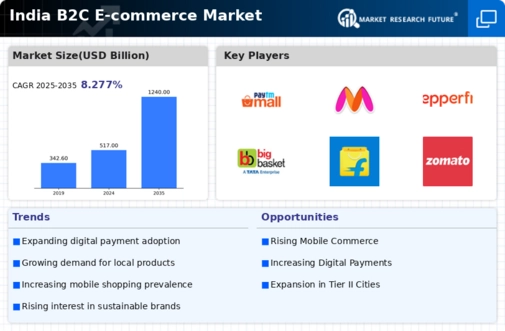
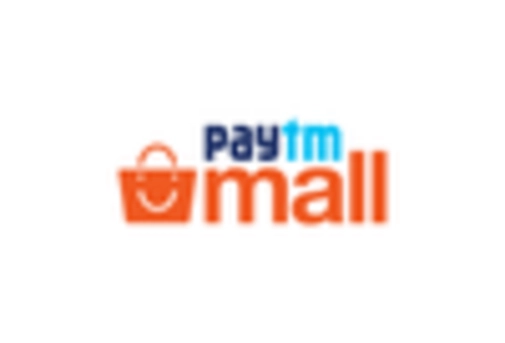

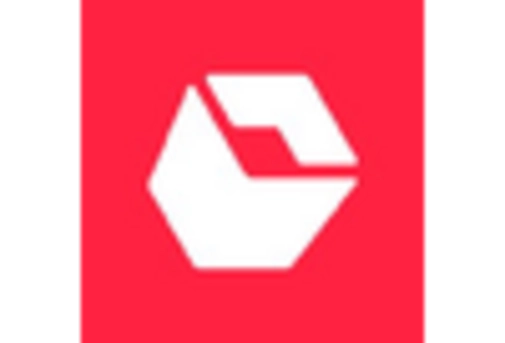


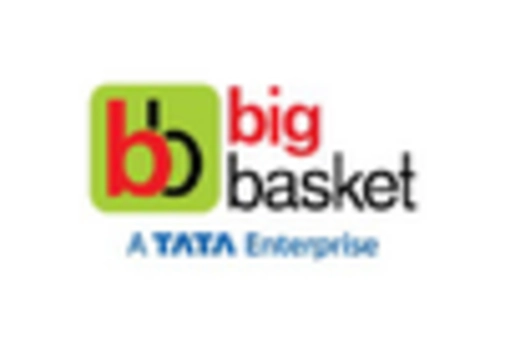

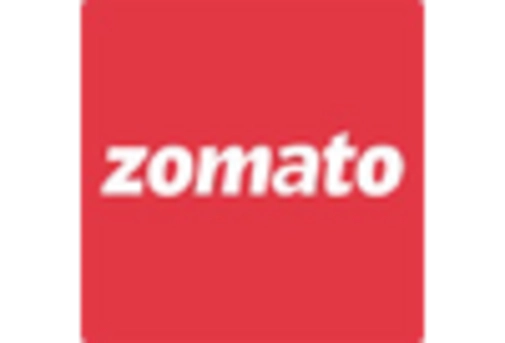
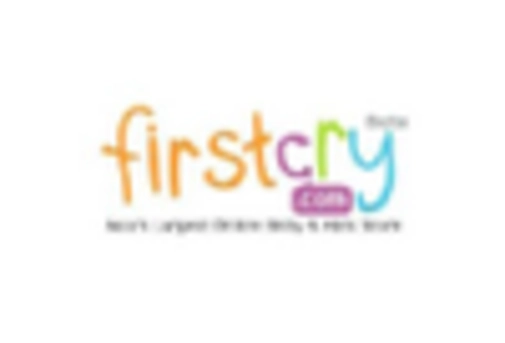








Leave a Comment